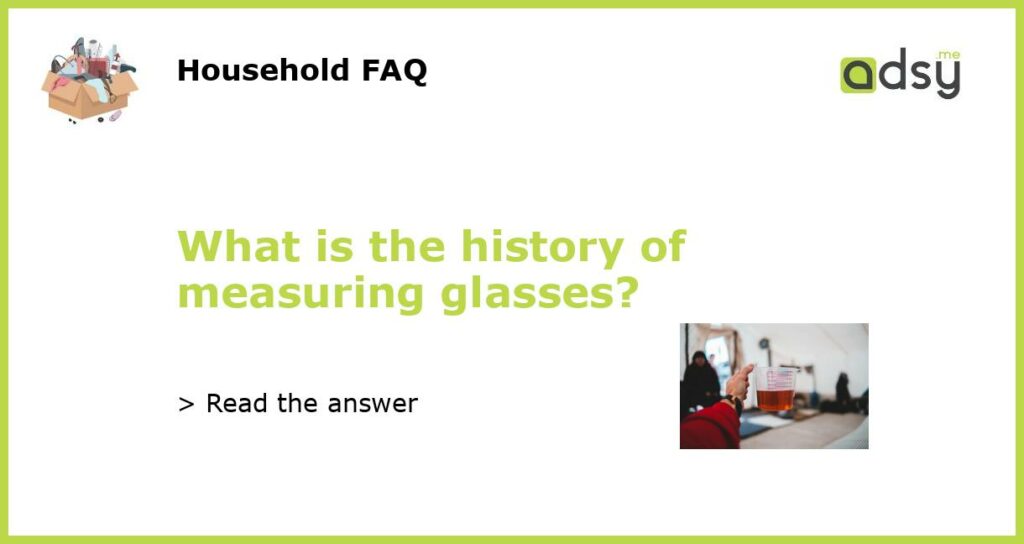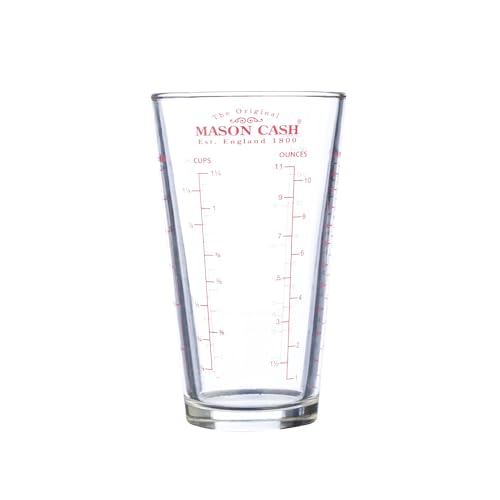The Origins of Measuring Glasses
Measuring glasses, also commonly known as graduated cylinders or beakers, have been used for centuries in scientific, medical, and culinary applications. The earliest evidence of a graduated vessel used for measuring dates back to ancient Egypt, where pottery vessels marked with hieroglyphic units of measure were discovered. These vessels were used to measure ingredients for medical remedies as well as for making bricks and other construction materials.
Graduated Vessels in Scientific Practices
Graduated vessels continued to be used throughout history in scientific practices, particularly in chemistry and physics. The 17th-century scientist Robert Boyle is credited with creating a glass tube marked with measurement units for use in his experiments. This led to the development of the gradated cylinder that we know today, used for measuring precise volumes of liquids.
Measuring Cups for Cooking and Baking
In the world of cooking and baking, measuring cups and spoons are essential tools for achieving consistent and accurate results. The first standardized measuring cup was invented in the late 1800s by Fannie Farmer, a well-known American cookbook author and teacher. Her design allowed for precise measurements of ingredients in recipes, which revolutionized the cooking and baking industry.
The Evolution of Commercial Measuring Glasses
The first commercial measuring glasses were introduced in the early 20th century, primarily for use in laboratories and industrial settings. As the demand for standardized measurements grew, measuring glasses were mass-produced and made available for home use as well. Today, measuring glasses come in a variety of shapes, sizes, and materials, from traditional glass cylinders to plastic cups and spoons.
The Future of Measuring Glasses
As with many industries, the future of measuring glasses lies in technology. Digital measuring cups and scales are already available on the market, providing precise measurements and eliminating the need for manual calculations. While traditional measuring glasses will likely always have a place in scientific and culinary applications, the convenience and accuracy of digital technology may soon become the norm in these fields.






